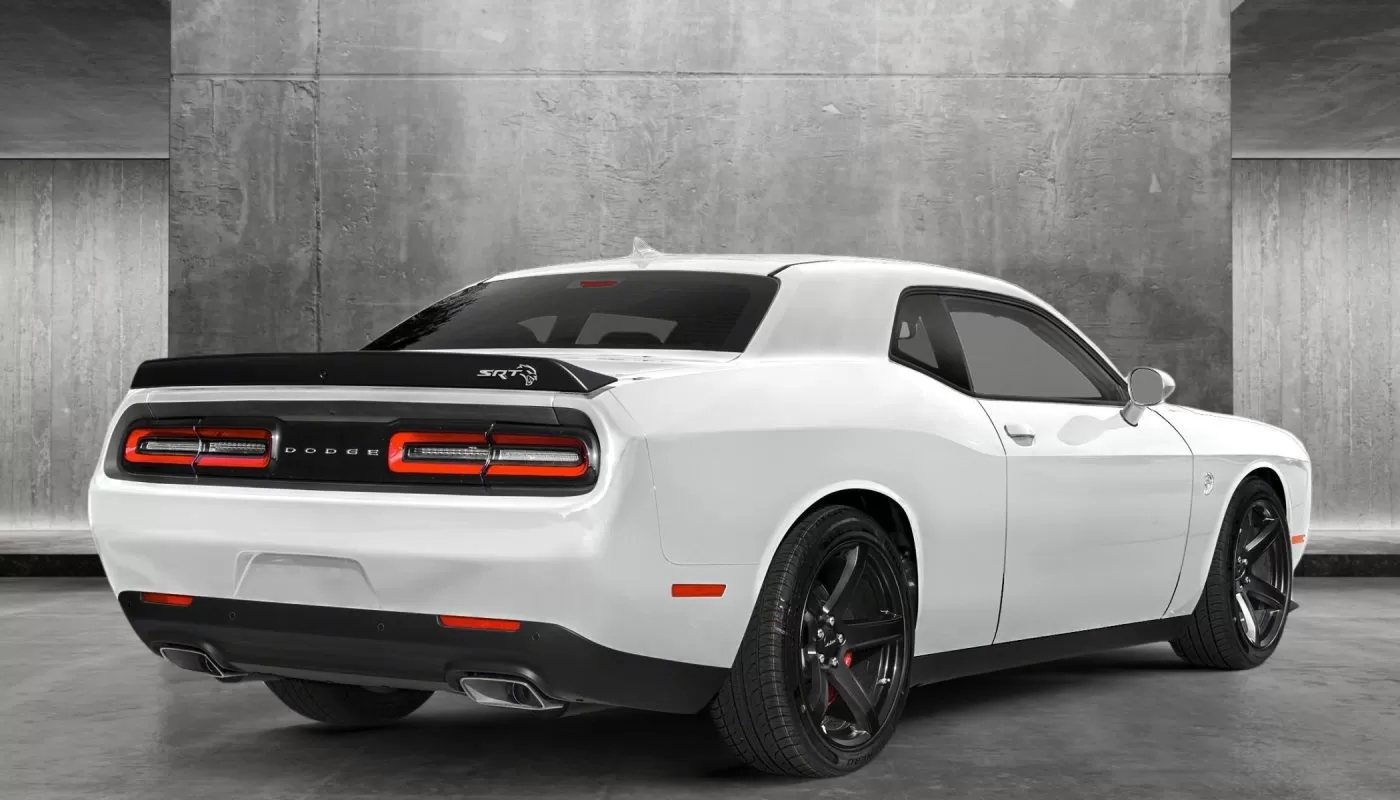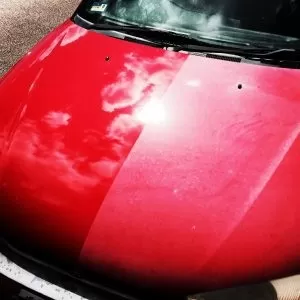The Ultimate Guide to Understanding Clear Coat

Clear coat is a thin layer of plastic that protects your vehicle’s basecoat and provides a gloss finish. This multi-purpose product is vital to the aesthetic longevity of your vehicle. In order to take advantage of the full impact that clearcoat has to offer, one must obtain the knowledge. Below are the most commonly asked questions, general information, a how to use guide, and distinct types of clearcoat.
History of Clear Coat
Clear coat is your vehicle’s first line of defense against debris and UV radiation. It acts as a color enhancer, providing a gloss finish to your vehicle’s basecoat color. Before clear coat was invented, vehicle paint oxidized much faster and required more frequent repairs. The invention of clear coat in the 1970s allowed consumers to increase the longevity of the paint through protection and color enhancement. In its infancy, automotive paint was just a one-step process. As time went by and the level of paint technology increased, multi-step painting processes began to be used. Once perfected by the 1990s, clear coat has become a staple of the automotive industry.
What is Clear Coat Comprised of?
Clear coats are commonly produced as a solvent or water borne mixture. The blend of acrylic and polyurethane helps to resist environmental abrasion and UV damage to the vehicle’s basecoat color layer. These chemicals produce the transparent hue that clearcoat is known for. The transparent layer acts as a shield. It is chemically resistant to small forms of debris such as bird droppings and tree sap. The main effect of clear coat is its ability to resist the UV radiation from the sun.
What is the Purpose of Clear Coat?
The clear coat layer is used to protect your vehicle’s color coat layer from all forms of potential environmental damage. Its ability to resist UV radiation will prevent the color from fading and producing a white chalky finish. Clear coat can also protect against debris because it is the final layer and can be cleaned off without reaching your vehicle’s color coat layer. Think of clear coat as a shield for your vehicle’s paint job. Using clearcoat will help to increase the integrity of your vehicle’s paint job.
What is the Difference Between 1K and 2K Clear Coat?
1K clear coat uses one component, just the paint itself. 2K clear coat uses two components, the paint and hardener. 1K is more commonly used and is a straightforward process to apply. 2K requires a hardener to activate and thus leads to a more durable and professional finish. 2K costs more than 1K, due to the higher quality and two-step process it includes.
How Can Clear Coat Get Damaged?
Clear coats can be damaged in several ways. Damage can accumulate from the general wear and tear of owning a vehicle for many years. Scratches can arise from road chippings and other drivers. Long term clear coat damage occurs after many years of use and neglect. The sun’s UV rays can damage the clear coat layer, often leading to white crusty patches and a general faded finish.
How Do I Apply Clear coat?
Primarily, make sure the weather is optimal before you start your project. Do not paint with temperatures above 90 degrees Fahrenheit or below 55 degrees Fahrenheit. Also, avoid painting in direct sunlight, use shade, and consider painting in the morning or at night for the best results.
Clear coat must be applied with two to three coats to ensure its effectiveness. Small areas of clear coat damage can be repaired using our half ounce and one ounce touch up bottles. These bottles include a brush to apply the clear coat with. Be sure to sand the area of damaged clear coat before applying the new layer.
Any larger scale repairs require the use of an aerosol can or even pint, quart, and gallon sizes. When spraying clear coat on a vehicle, be sure to be six to eight inches away from the body. This will allow for a smooth finish. When applying make even passes of paint that cover over each other by fifty percent. This prevents the possibility of uneven application.
The first coat must be a light coat. Thus, doing so will help to prevent cracks and foggy finishes. Wait fifteen minutes to apply the second coat. The second and third coats must be full passes and should be wet to the eye. Let fifteen minutes pass in between coats. Let the layers dry for one hour, this will allow the clear coat to properly dry and set.
Clear Coat Maintenance
Follow these steps to further increase the effectiveness and longevity of clear coat application to your vehicle. Wait to hand wash your vehicle one week after applying clear coat. This allotted time will allow the layer to harden and settle better. Be sure to use specifically formulated car wash products and soft micro-fiber cloths. Harsh chemicals and rough brushes can damage the clear coat layer.
Check out our automotive cleaning supplies for the best products we recommend for washing your vehicle. In the future, consider hand washing your car weekly to ensure your clear coat layer remains free of dirt, grim, and debris. Keeping debris on your vehicle for too long will damage the clear coat layer.
Additionally, we recommend waiting 30 to 45 days before waxing, buffing, and using carwashes for your vehicle. The pressure used in the above actions can damage the clear coat layer prematurely before it has time to harden and settle. Waiting a month allows the clear coat to harden properly so it can withstand waxing, buffing, and car wash pressure.
Car wax can be used to add another protective layer to protect the clear coat. Wait a month before waxing after application of clear coat. Waxing your vehicle every two to three months also helps to protect the paint job and further enhance its quality. Be sure to use non-abrasive formulas and polish carefully. Take a look at the car wax we offer on our website.
We at the Auto Paint Depot are proud to sell both 1K and 2K clear coats straight from our website!
https://theautopaintdepot.com/2k-clear-coat/

